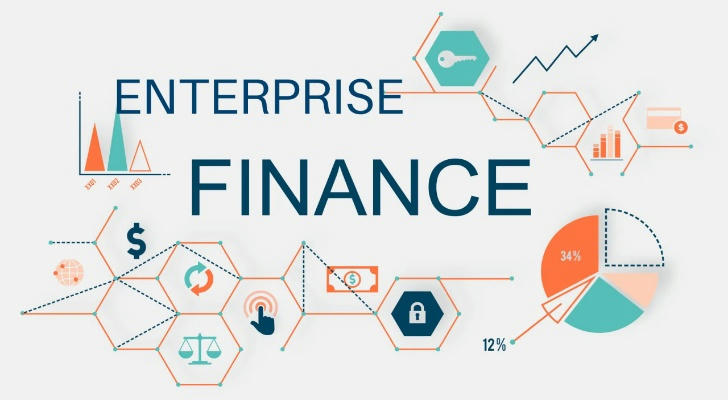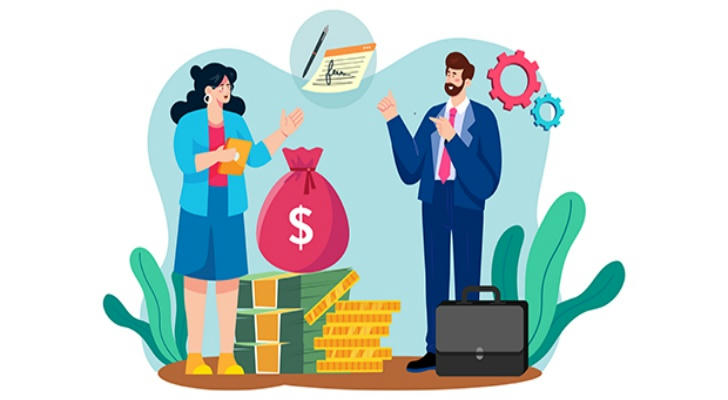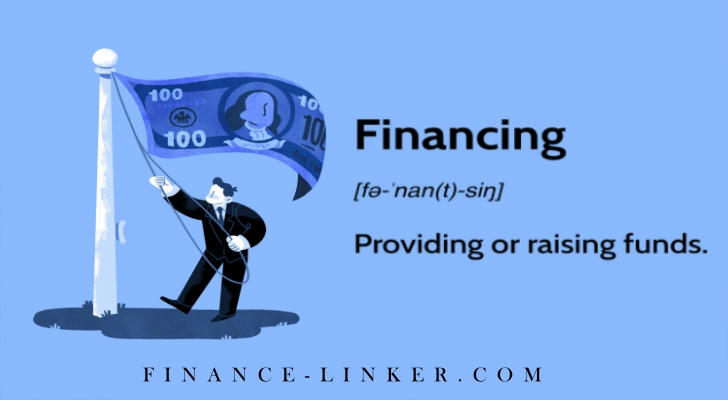The Ultimate Guide to Refinancing: When and Why It’s Worth Considering
In today’s changing economy, financial tools like refinancing are becoming increasingly relevant for individuals looking to improve their long-term stability. Whether managing a mortgage, student loans, or other types of debt, understanding how refinancing works—and when it makes sense—is an essential part of financial literacy.

What Exactly Is Refinancing?
At its core, refinancing is the process of replacing an existing loan with a new one, usually under different terms. The new loan is typically designed to offer improved conditions, such as a lower interest rate or a different repayment schedule.
For example, a homeowner might refinance a mortgage to reduce monthly payments, while someone managing student debt might aim to simplify repayment by consolidating several loans into one.
Why People Choose to Refinance
According to a 2023 survey by the Mortgage Bankers Association, over 62% of borrowers who refinanced did so to secure a lower interest rate, while 22% aimed to shorten their loan term. These statistics reflect a clear trend: refinancing is often driven by long-term financial planning rather than short-term relief.
In the student loan space, a report from the Federal Reserve (2022) noted that borrowers with private student loans saved an average of 1.7 percentage points on interest rates through refinancing, with consolidation simplifying payment schedules and improving credit behavior over time.
There’s no one-size-fits-all reason for refinancing. It’s a decision that’s shaped by individual goals and financial circumstances. That said, here are some of the most common motivations:
1. Lower Interest Rates
When market rates drop, borrowers often look to refinance to secure a better rate than their original loan offered. A reduced rate can lead to long-term savings, especially on high-balance loans.
2. Adjusting Loan Terms
Shortening a loan’s term can help reduce the total interest paid over time. On the flip side, extending the repayment period may provide more breathing room in a monthly budget.
3. Switching Loan Types
Some borrowers move from adjustable-rate loans to fixed-rate loans to gain more predictability in monthly payments—especially if interest rates are expected to rise.
4. Consolidating Debt
In cases where a person is juggling multiple loans, refinancing may simplify finances by rolling them into one monthly payment. This can also streamline the management of interest rates and due dates.
Key Factors to Consider Before Refinancing
The Consumer Financial Protection Bureau (CFPB) emphasizes evaluating total loan costs over time, not just the monthly payment. Their guidance states:
"A lower monthly payment can be appealing, but may result in a higher total cost of the loan if the term is extended significantly."
Similarly, Fannie Mae’s 2024 Economic Outlook suggests that in periods of rate volatility, refinancing decisions should consider not only rate comparisons, but also projected homeownership timelines and local real estate market trends.
Before moving forward, it’s important to weigh the potential benefits against the costs and long-term implications. Here are a few things to keep in mind:
Closing Costs and Fees
Refinancing often comes with administrative fees. These might include application fees, appraisal fees, and title-related charges. It’s important to calculate whether the long-term savings outweigh these upfront expenses.
Credit Standing
Lenders typically look at credit history and income stability when evaluating a refinancing application. A stronger credit profile can lead to more favorable terms.
Time Horizon
How long one plans to stay in a home—or keep a specific loan—can impact whether refinancing is worthwhile. If the savings from refinancing won't be realized before moving or selling an asset, the benefits may be limited.
Common Types of Refinancing
A 2023 Experian study found that auto loan refinancing increased by 19% year-over-year, particularly among younger borrowers seeking lower monthly costs after buying used vehicles during the post-pandemic price surge. Meanwhile, student loan refinance volume has rebounded following federal forbearance phase-outs, with fintech lenders reporting a 35% spike in applications during Q1 of 2024.
Refinancing isn’t limited to just one category of loan. Here’s a breakdown of where it’s commonly applied:
• Mortgage Refinancing: For homeowners seeking to adjust payment terms or access built-up equity.
• Auto Loan Refinancing: A way to manage car payments more effectively or secure better terms.
• Student Loan Refinancing: Often used to combine multiple loans and potentially lower the overall interest rate.
• Debt Consolidation Loans: A strategy for simplifying and managing consumer debt.

When Refinancing May Not Be the Best Choice
While refinancing can be a powerful financial strategy, it’s not always the right move. For example:
• If closing costs are too high relative to the potential savings.
• If there’s uncertainty around future income, making a new repayment schedule risky.
• If the current loan is close to being paid off and a new loan would reset the timeline significantly.
In these situations, staying with the existing loan or exploring alternative budgeting tools might be more effective.
What to Expect During the Refinancing Process
The refinancing process typically follows a set of structured steps:
1.Loan Evaluation: Compare your current loan terms to available refinancing options.
2.Research and Shop Around: Collect quotes from multiple lenders to find competitive rates and terms.
3.Application and Documentation: Provide necessary financial documents such as income verification, credit reports, and asset information.
4.Approval and Closing: Once approved, sign the new loan agreement and close out the existing one.
Depending on the loan type and institution, the process can take anywhere from a couple of weeks to over a month.
Is Now the Right Time?
Deciding when to refinance depends on individual financial goals, life plans, and market conditions. If interest rates are favorable and the numbers make sense, it might be worth pursuing. However, it’s always wise to run the numbers or speak with a certified financial counselor before making a final decision.
A Real-Life Example: Adjusting a Mortgage After Life Changes
After relocating for a new job opportunity, a homeowner in Ohio decided to revisit the terms of an existing 30-year fixed mortgage. Although the original loan had been in place for just five years, changes in interest rates and household income led to a reassessment of long-term goals.
Instead of continuing with the original loan, the borrower chose to refinance into a 15-year fixed-rate mortgage. The new structure offered a shorter repayment horizon and significantly reduced overall interest—despite higher monthly payments. Because the household now had dual incomes, the slightly increased payment was manageable, and the revised plan aligned with the goal of owning the home outright before retirement.
In this case, refinancing wasn’t about immediate savings—it was about maximizing long-term value and aligning financial tools with life transitions.

Final Thoughts
Refinancing is more than just chasing a lower rate—it’s a financial strategy that, when used thoughtfully, can help build greater financial security. For those navigating major life transitions, planning for the future, or managing evolving debt responsibilities, understanding how and when to refinance is a step toward smarter financial decision-making.
